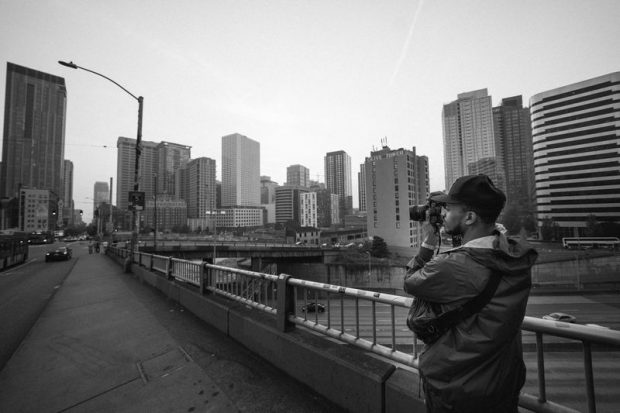The smart Trick of Framing Streets That Nobody is Discussing
The smart Trick of Framing Streets That Nobody is Discussing
Blog Article
The 8-Minute Rule for Framing Streets
Table of ContentsRumored Buzz on Framing StreetsThe 4-Minute Rule for Framing Streets9 Simple Techniques For Framing StreetsLittle Known Facts About Framing Streets.

Both at the Museum of Modern Art (Mo, MA). Motivated by Frank, in the 1960s Garry Winogrand, Lee Friedlander and Joel Meyerowitz started photographing on the streets of New york city. Phil Coomes, composing for BBC Information in 2013, stated "For those people curious about street photography there are a couple of names that stick out and one of those is Garry Winogrand"; doubter Sean O'Hagan, composing in in 2014, said "In the 1960s and 70s, he specified street digital photography as a perspective as well as a design and it has laboured in his darkness since, so definitive are his pictures of New York." Going back to the UK in 1965 from the US where he had met Winogrand and embraced street digital photography, Tony Ray-Jones turned a wry eye on usually unique groupings of British individuals on their holidays or taking part in festivals.
Road digital photography is a large style that can be defined in several ways, yet it is frequently identified by the spontaneous capturing of an unrepeatable, fleeting minute, frequently of the daily going-ons of complete strangers. It is typically shot with larger angle lenses (e. g. 35mm) and generally features metropolitan settings.
The Framing Streets Ideas
Docudrama photographers generally have a defined, conscious message and an intent to tape specific events in history (https://triberr.com/framingstreets1). The range of the docudrama approach encompasses aspects of journalism, art, education, sociology and history. In social examination, docudrama photos are usually planned to prompt, or to highlight the demand for, social change
Road digital photography is typically viewed as unposed and honest, however there are a couple of road professional photographers that connect with strangers on the roads and take their pictures. Road pictures are unexpected portraits taken of complete strangers while out doing street photography, however they are viewed as postured due to the fact that there is communication with the topic.
e. 'honest digital photography' by definition) for art objectives has actually been questionable. Photographing people and places in public is lawful in the majority of nations securing civil liberty and journalistic flexibility. There are normally limitations on how photos of people may be made use of and most nations have particular laws regarding individuals's privacy.
Getting The Framing Streets To Work
The right to personal privacy is protected by Short article 8 of the convention. In the context of photography, it go stands at chances to the Write-up 10 right of civil liberty. Courts will usually consider the public interest in balancing the legal rights with the legal test of proportionality. While also limiting photography in order to protect privacy civil liberties, street digital photography can still be lawful in France when pursued as an art kind under specific situations.

. that simply roamed right into a scene), or who are not also recognizable in the photo. https://www.edocr.com/v/2rrgxoq2/davidturley33101/framing-streets. It likewise does not generally encompass people who are public figures (e. g - sony a7iv. political leaders or stars). If a photo is thought about art, the courts will also take into consideration the photographer's freedom of imaginative expression; suggesting that "artistic" road photography can still be legitimately published in particular cases
Some Known Details About Framing Streets
In Greece the right to take pictures and publish them or market licensing legal rights over them as great art or editorial web content is secured by the Constitution of Greece (Write-up 14 and various other posts) and cost-free speech regulations as well as by situation legislation and legal instances. Photographing the cops and releasing the photographs is likewise legal.
In Hungary, from 15 March 2014 anyone taking pictures is practically breaking the regulation if somebody wanders into shot, under a new civil code that bans taking pictures without the consent of everyone in the photograph - 50mm street photography. This broadens the regulation on grant include the taking of photographs, in addition to their magazine
'Hidden digital photography' (kakushidori hidden, surreptitious digital photography) 'swiped digital photography' (nusumitori without intention of obtaining permission) and "rapid photography' (hayayori prior to permission and refusal can be offered) are restricted unless in the former permission is gotten from the subject instantly after taking the picture. Individuals have civil liberties to their images (shzken, droit de image).
Report this page